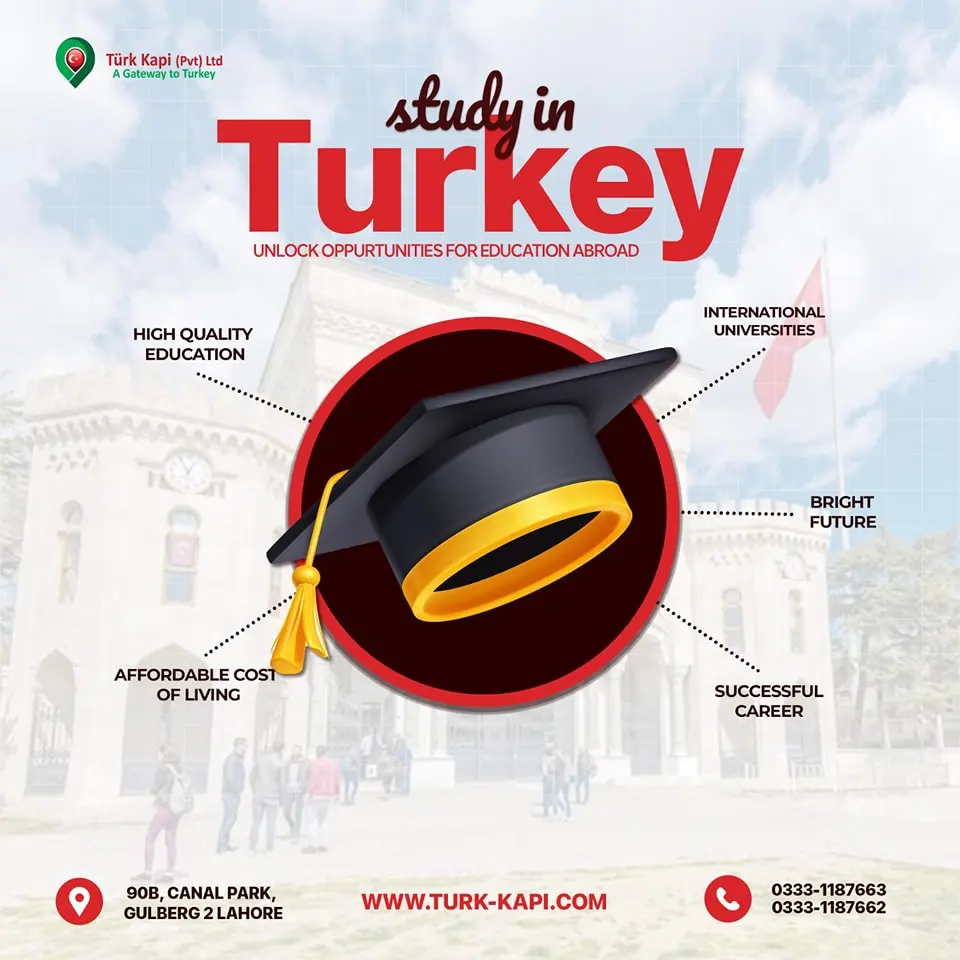CHAKOTHI – Schools reopened on Tuesday in Azad Kashmir after a temporary ceasefire ended four days of deadly cross-border hostilities between Pakistan and India. While the guns have fallen silent for now, normal life is slow to return, especially in border villages like Chakothi where heavy shelling had forced families to flee.
The brief but intense military confrontation, which began on May 7, saw both nations targeting each other’s installations using missiles and drones. Dozens of civilians lost their lives during the exchanges. The fighting was reportedly sparked by an attack in Indian-administered Kashmir’s Pahalgam town, where 26 Hindu pilgrims were killed. India blamed Pakistani-based militants and retaliated with strikes on what it described as “terrorist infrastructure” across the border. Pakistan demanded an unbiased international investigation and denied any connection to it.
With the ceasefire in effect, some displaced families have cautiously begun returning to their homes. However, school attendance in Chakothi remains low, with many parents waiting for confirmation that peace will hold before sending their children back.
“For days, our school was shut because of the shelling,” said Junaid Munir, a 6th-grade student. “Now that it’s open again, I want to focus on my studies and build a better future.”
Naveed Akhtar, principal of a local school, confirmed that only a few children had returned so far. “We’ve informed families that schools are open, but many have relocated temporarily. Hopefully, as the situation stabilizes, they will come back and education will resume normally,” he said.
One of the few students who returned on the first day was Syeda Zohra Kazmi, a 7th grader. She shared how mortar shells had damaged parts of her house but said she wasn’t letting fear hold her back.
“There was shelling near our house, and some shells even hit it,” she explained. “But I was determined to return to school as soon as it reopened. I’m not scared.”
For now, the region is hoping the ceasefire will lead to something more lasting. But until then, schools remain a symbol of resilience in a community that has grown far too familiar with the costs of conflict.



